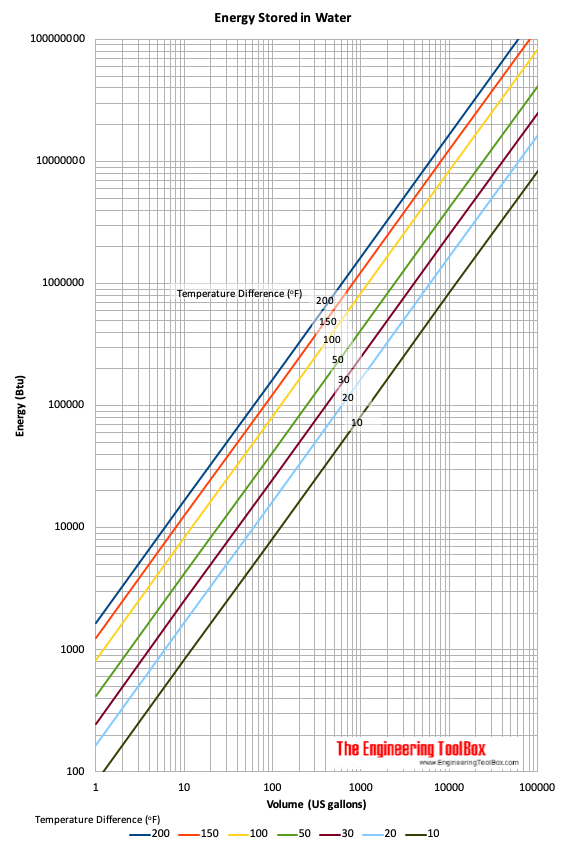You can get a good indication of peak watts into the tank with ohms law. Calculate the resistance (R) of your elements with your AC supply voltage (V) and total wattage ( P ), R = V * V / P. Then you can work out the peak heating power (P) you could do at your array's Vmp (V) with P = V * V / R. Apply time to get watt hours, and work out a fudge factor to take into account varying power production as the sun moves across the sky. Of course, the current available from the array also comes into play. The voltage into the element may permit 10 amps to flow, but if the panels can only produce 5 amps, that's all you'll get.
If you aren't using something to keep your panels near Vmp you'll have to size your element carefully otherwise power into the tank will plummet as the panels move off Vmp.
If you can't get enough voltage to make it feasible, but you do have the total wattage, a crude voltage doubler might be viable. It does require some know-how using FETs etc but the basic concept is charge a parallel bank of capacitors to what ever voltage then split the bank into 2 smaller banks arrange them in series, which doubles the voltage, then apply that to the element(s). This requires more thought with respect to DC appearing on the thermostat contacts. I have seen people trying to use boost converters but they are fighting uphill when a simpler solution is available.
The techluck board takes care of the DC aspect by chopping the voltage on the output so that there is always a 0 volt point happening within a reasonable time to quench arcs, similar to AC operation.
Working out power required to heat water is easy, l x 4 x c / 3412 = kWh required, where l = volume of water in litres, and c = temperature change required to raise water to what you need.






